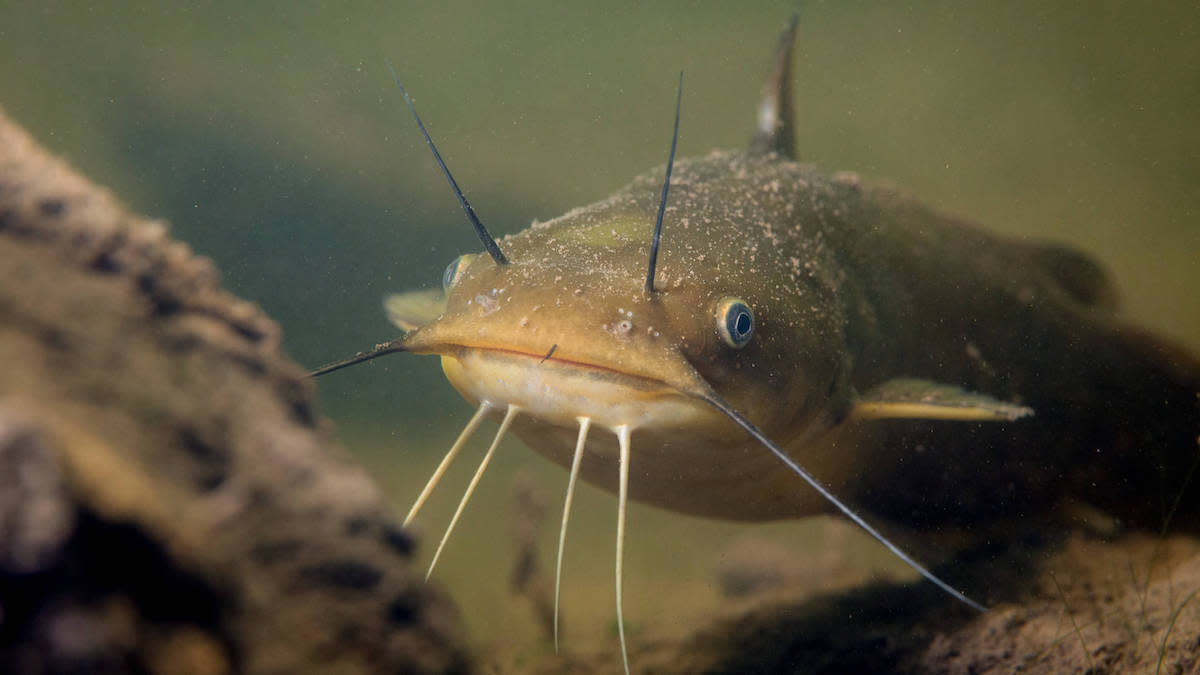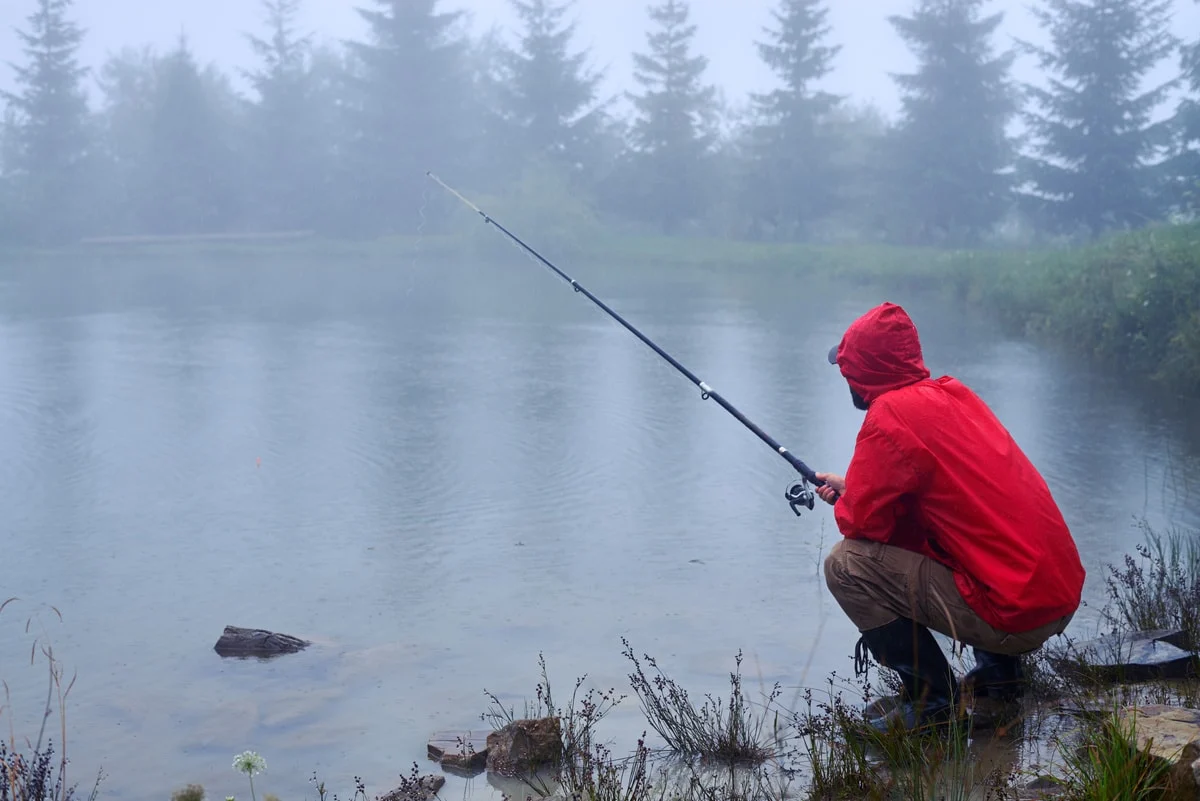Black Bullhead, a resilient and widespread species of catfish, is a favorite among anglers for its hardiness and willingness to bite, even in less-than-ideal conditions. However, understanding the optimal conditions for Black Bullhead fishing can significantly enhance your success on the water. Below, we’ll delve into the key factors that make for the best Black Bullhead fishing experience, including water temperature, habitat preferences, time of day, weather conditions, and bait selection.
Optimal Water Temperature
Black Bullhead thrive in warmer waters, with their activity peaking when water temperatures range between 70°F and 85°F. These conditions typically occur from late spring through early fall, making these seasons the most productive for targeting this species. During these warmer months, Black Bullhead are more likely to be actively feeding, which increases your chances of a successful catch.
In cooler months or in colder water conditions, Black Bullhead tend to become less active, retreating to deeper waters where they are harder to locate and catch. Thus, timing your fishing trips to coincide with warmer water temperatures can be crucial.
Preferred Habitat
Black Bullhead are often found in shallow waters with muddy or silty bottoms, as they prefer environments where they can easily forage for food. These conditions are common in ponds, slow-moving rivers, and lakes with minimal current. The presence of a muddy bottom is especially important because it supports a rich ecosystem of invertebrates and other small organisms that Black Bullhead feed on.

Vegetation and cover are also significant habitat features for Black Bullhead. Aquatic plants, fallen logs, and submerged debris provide the shelter they seek during the day, particularly in areas with soft, mucky bottoms. These structures offer both protection from predators and opportunities to ambush prey. Targeting these areas can lead to more successful fishing, especially if you focus on the edges of vegetation or around submerged structures.
Time of Day
Black Bullhead are primarily nocturnal feeders, meaning they are most active during the night and in the low-light hours of early morning and late evening. This nocturnal behavior is common among many catfish species and is driven by their preference for feeding under cover of darkness when they are less vulnerable to predators.

Fishing during these prime times can significantly increase your chances of landing Black Bullhead. If you’re planning a night fishing trip, make sure to bring the necessary equipment, such as a reliable light source and sturdy tackle that can handle the challenges of fishing in low visibility conditions.
Weather and Water Conditions
Weather can play a significant role in Black Bullhead fishing success. Overcast or cloudy days are generally better for fishing because the reduced light levels mimic the conditions of early morning or late evening, when Black Bullhead are more active. Additionally, the reduced visibility under these conditions makes the fish less cautious, increasing their likelihood of biting.
Rain can also be a beneficial factor, particularly when it stirs up the water and muddies the bottom. This disturbance often draws Black Bullhead out of hiding to feed on the invertebrates and other food sources that are dislodged from the substrate. Murky or moderately clear water is generally ideal for Black Bullhead fishing, as the fish are less likely to be spooked and more inclined to feed aggressively.

In summary, the ideal conditions for Black Bullhead fishing include warm water temperatures between 70°F and 85°F, shallow, muddy habitats with plenty of cover, and low-light periods during the early morning, late evening, or nighttime. Overcast weather and slightly murky water can further improve your chances of success. By paying attention to these factors you can maximize your opportunities to catch Black Bullhead and enjoy a productive day on the water. Whether you’re a seasoned angler or just getting started, understanding these conditions will help you make the most of your fishing experience.

Robert Smith is the proud owner of Bait Barrels and Bows, a premier fishing sports store established in 1989. With over three decades of experience in the industry, Robert has honed his skills to become an expert angler, sharing his vast knowledge and passion for fishing with enthusiasts around the world. Through his store and writings, Robert provides invaluable tips and guidance, helping both novice and seasoned anglers improve their techniques and enjoy the sport to its fullest. His commitment to the fishing community is evident in his dedication to quality products and excellent customer service.

